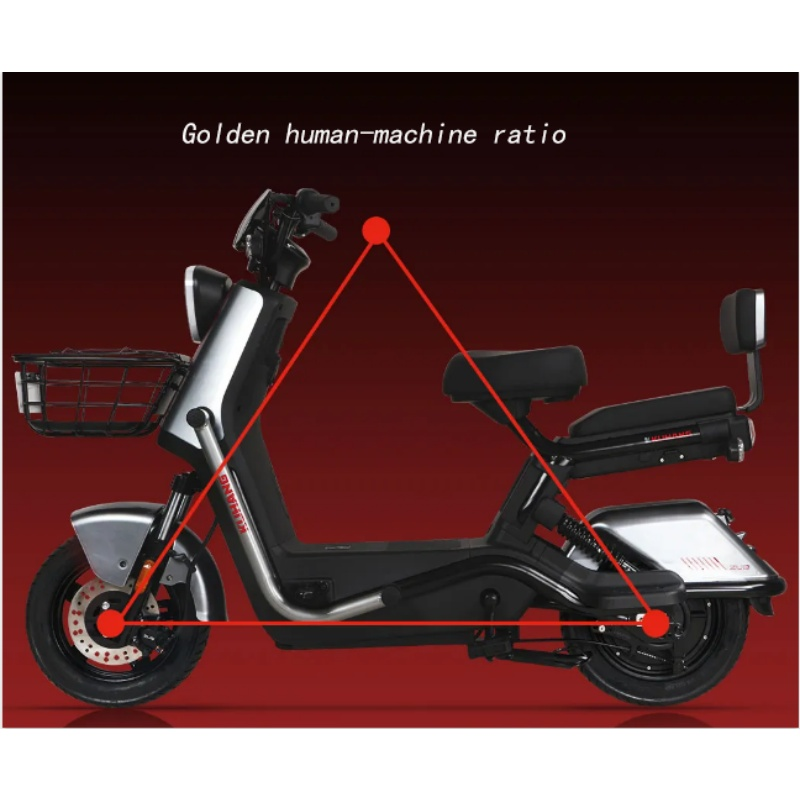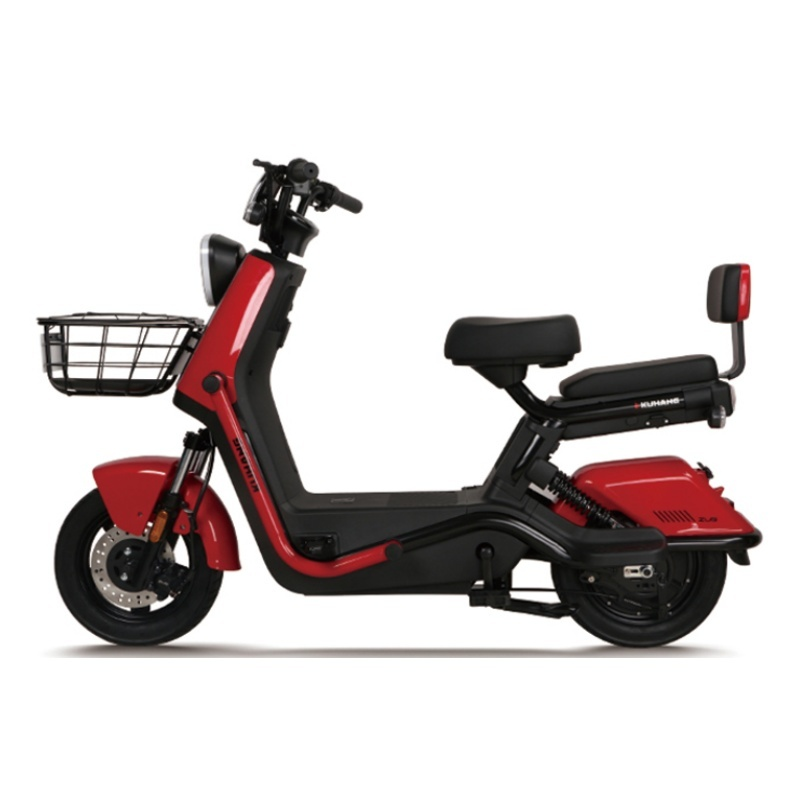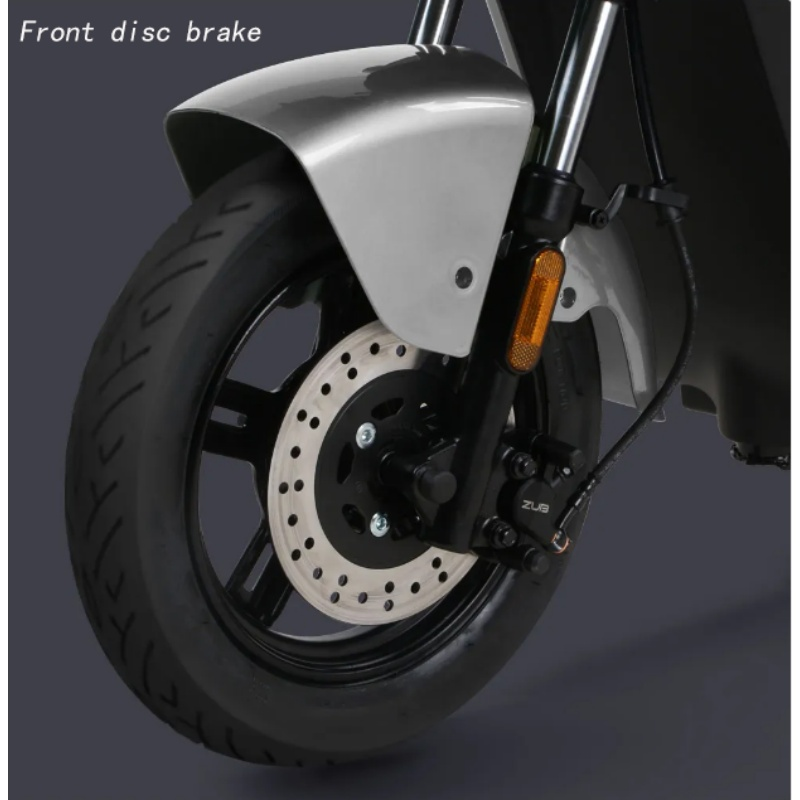e scooter price
E scooter prices represent a crucial consideration in the rapidly evolving urban mobility market, ranging from budget-friendly options starting at $300 to premium models exceeding $1,500. These price variations reflect diverse features, build quality, and performance capabilities. Entry-level e-scooters typically offer basic functionalities like 15-20 mph top speeds, 15-20 mile ranges, and standard safety features. Mid-range models, priced between $600-$900, incorporate enhanced features such as improved battery capacity, superior suspension systems, and more robust construction. Premium e-scooters justify their higher price points through advanced technology integration, including smart connectivity features, extended range capabilities up to 40 miles, powerful motors delivering speeds up to 25 mph, and sophisticated safety systems. The price spectrum also accounts for essential components like battery quality, motor efficiency, frame durability, and additional features such as LED displays, regenerative braking, and mobile app integration. Manufacturing quality and brand reputation significantly influence pricing, with established brands commanding higher prices due to their proven reliability and after-sales support. Understanding these price determinants helps consumers make informed decisions based on their specific needs and usage patterns.


